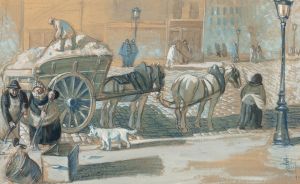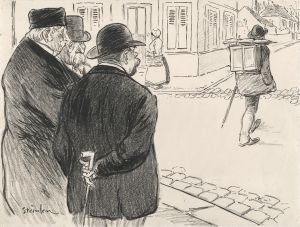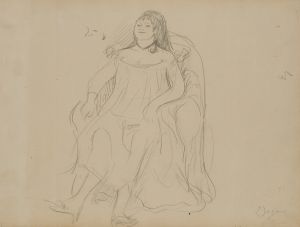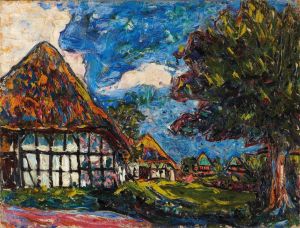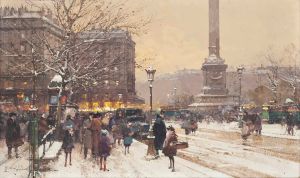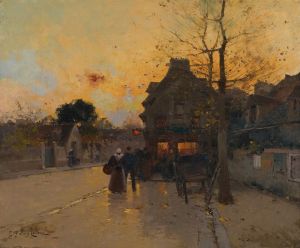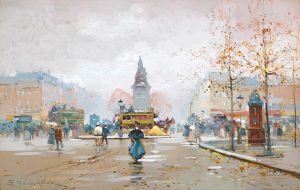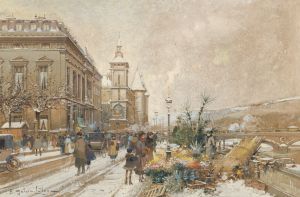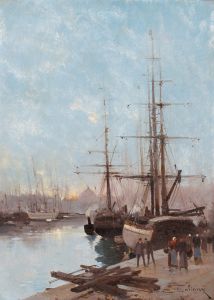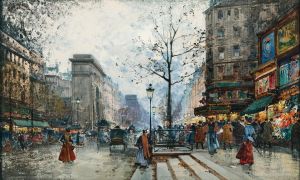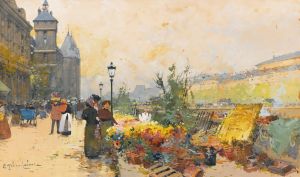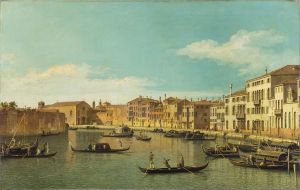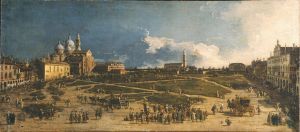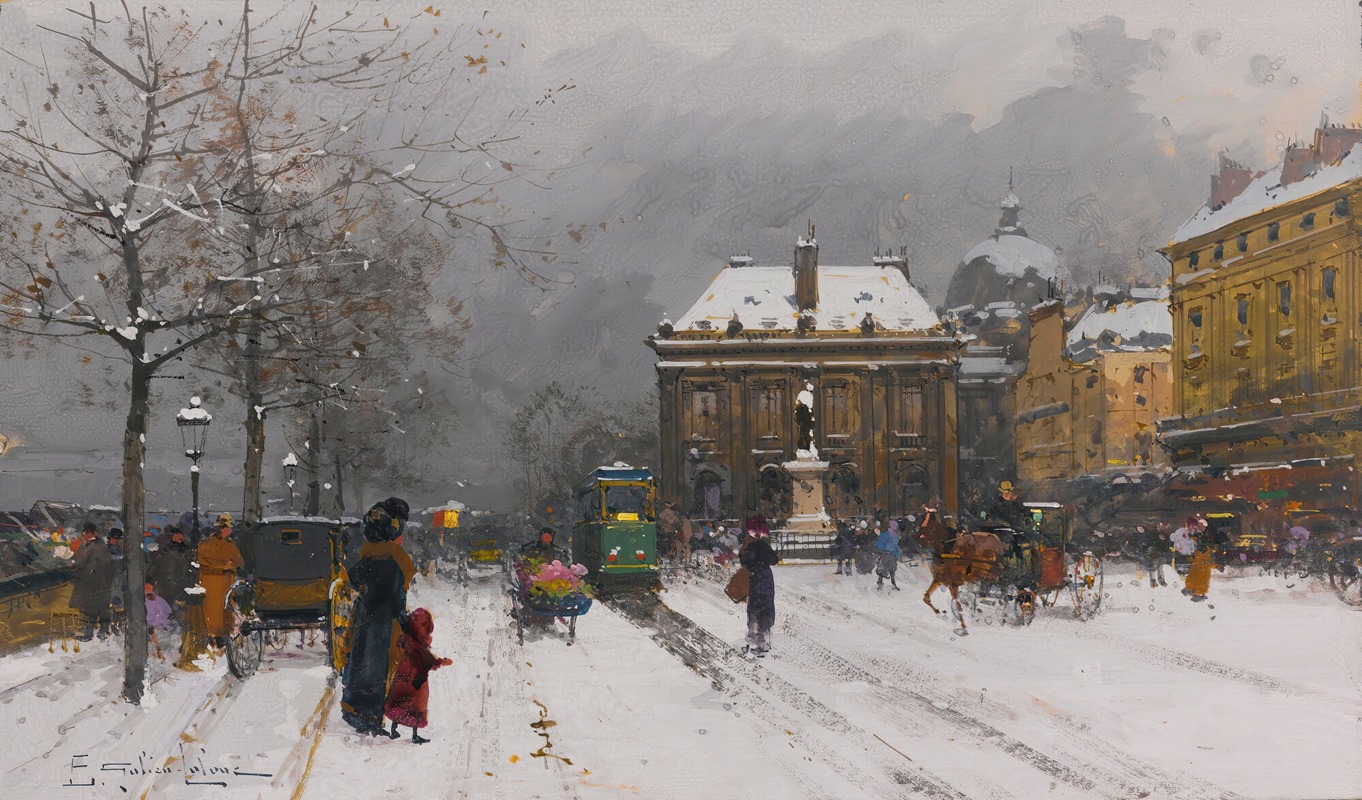
L’institut
A hand-painted replica of Eugène Galien-Laloue’s masterpiece L’institut, meticulously crafted by professional artists to capture the true essence of the original. Each piece is created with museum-quality canvas and rare mineral pigments, carefully painted by experienced artists with delicate brushstrokes and rich, layered colors to perfectly recreate the texture of the original artwork. Unlike machine-printed reproductions, this hand-painted version brings the painting to life, infused with the artist’s emotions and skill in every stroke. Whether for personal collection or home decoration, it instantly elevates the artistic atmosphere of any space.
Eugène Galien-Laloue was a French artist known for his detailed and atmospheric depictions of Parisian street scenes and landscapes. Born in 1854, he became a prolific painter and illustrator, capturing the essence of urban life in France during the late 19th and early 20th centuries. His works are celebrated for their vibrant colors and meticulous attention to detail, often portraying bustling cityscapes, rural landscapes, and scenes of everyday life.
One of his notable works is "L’institut," which exemplifies Galien-Laloue's characteristic style. While specific details about this particular painting are limited, it is consistent with his broader oeuvre, which often features lively street scenes populated with figures going about their daily activities. Galien-Laloue had a unique ability to convey the atmosphere of a scene, capturing the interplay of light and shadow and the dynamic movement of people and vehicles.
Galien-Laloue frequently worked in gouache, a medium that allowed him to achieve the bright, vivid colors that characterize his paintings. His technique involved layering colors to create depth and texture, bringing his urban and rural scenes to life. This approach is evident in "L’institut," where the use of color and light likely plays a crucial role in conveying the mood and setting of the scene.
Throughout his career, Galien-Laloue was known for his ability to capture the spirit of Paris during a time of significant change and modernization. His paintings often include architectural landmarks, horse-drawn carriages, and the early signs of industrialization, providing a window into the past and a record of the city's evolution. His work is appreciated not only for its artistic merit but also for its historical value, offering insights into the daily life and urban landscape of his time.
Galien-Laloue's paintings were popular during his lifetime, and he exhibited regularly at the Salon des Artistes Français. Despite his success, he often worked under pseudonyms, including "L. Dupuy," "Juliany," and "E. Galiany," which has sometimes led to confusion in attributing his works. This practice was not uncommon among artists of the period, who sought to avoid contractual obligations or to explore different styles without affecting their established reputation.
Today, Galien-Laloue's works are held in high regard by collectors and art enthusiasts. His paintings, including "L’institut," continue to be sought after for their charm and historical significance. They are featured in various private collections and occasionally appear in exhibitions dedicated to 19th-century French art. His legacy endures as a testament to his skill in capturing the vibrancy and essence of a bygone era, making him a significant figure in the world of art.





